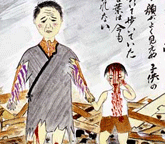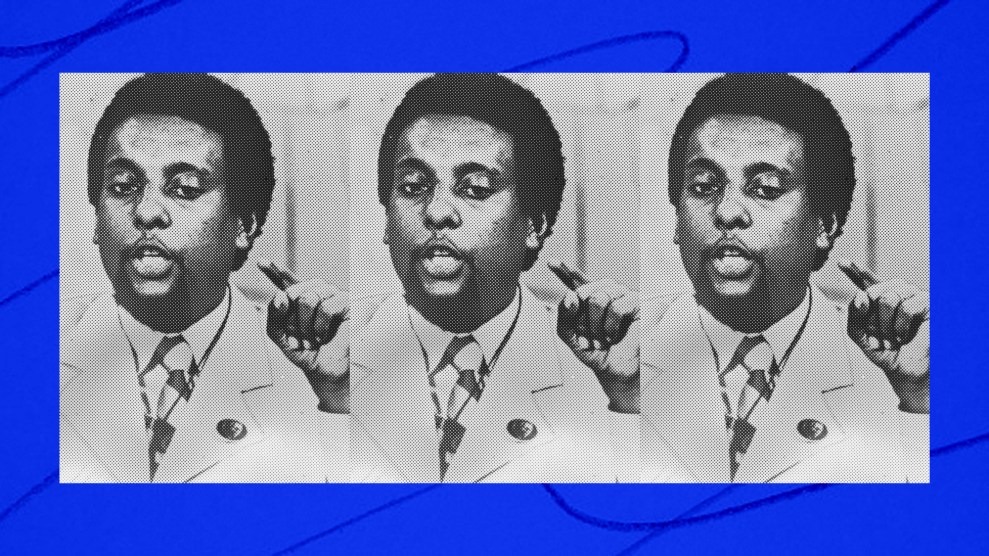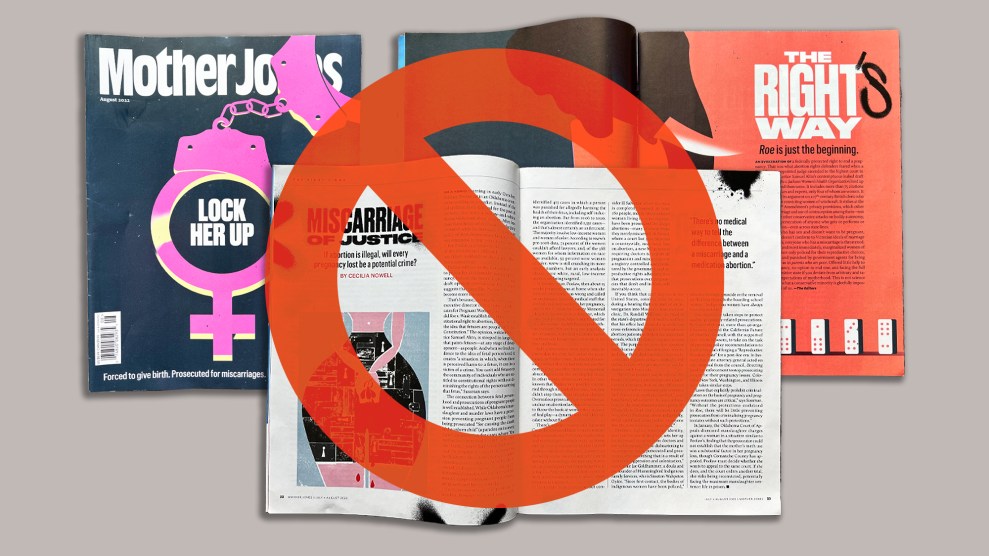
For more than 25 years, Steven Okazaki has been making movies about the 1945 atomic bombing of Japan. His latest film on the subject, White Light/Black Rain, which will air on HBO starting August 6, is the film he’s “been wanting to make for 25 years.” In it, he tells the stories of more than a dozen bombing survivors plus those of the Americans directly involved in creating and dropping Fat Man and Little Boy on Nagasaki and Hiroshima, respectively. The personal narratives are fascinating, but they’re awkwardly woven with a chaotic mix of historical footage, personal interviews, and present-day sit-ins and public art exhibitions inspired by the bombings. The mix is disorienting and confusing, perhaps an intentional reference to how the survivors recall feeling immediately after the bombs first dropped. Ultimately, White Light/Black Rain provides memorable, personal experiences and a little insight into life in post-WWII Japan, but little in way of a cohesive vision.
In his interviews with survivors, Okazaki spares no details, no matter how personal or gory. The survivors’ scars have nearly disappeared beneath their wrinkles (most were children at the time of the blast) but their stories retain a horror-movie quality that doesn’t fade. Sakue Shimohira, 10 years old when her hometown of Hiroshima was bombed, identified her dead mother by her gold tooth: when she touched her, the body crumbled to ashes. The girl’s sister, the only other family survivor, later committed suicide by jumping in front of a train. A celebrated graphic novelist recalls how, as a boy, he listened helplessly as his little brother spent hours dying beneath the rubble of their Hiroshima house. He later turned the tragic events into a dynamic manga comic called “Barefoot Gen” that was adapted into anime and live-action movies.
Understandably, some survivors believed that dying was much easier than living with the guilt and pain. One survivor recalls how all the patients in his burn unit, cried and begged for the doctors to kill them whenever they saw a white coat. Suicide was, and remains, an “honorable” way out of life’s problems in Japan. That, combined with the mindset that any physical abnormalities should be hidden or ignored, made suicide a tempting and face-saving way out for people who might have otherwise survived their wounds. Those who had the “courage to live,” as Shimohira puts it, chose a difficult path because the people marked by scars or lost limbs as bomb survivors were deemed “untouchables.” Many couldn’t get jobs or find spouses; it was as if they had murdered someone. Even those who looked physically fine, but later came down with “atomic bomb sickness,” were shunned because others feared their disease might be contagious.
Many of the Hiroshima and Nagasaki survivors express anger that the Japanese government did not take responsibility for the victims of the bomb, and refused to tell the people what was really happening in the war, which would have allowed them to make arrangements for their own safety. “Though the government kept saying we were winning, we were winning, the Japanese people realized we couldn’t win,” says Shintaro Hida, who was a military doctor at the time of the war. Sadly, this disconnect between government rhetoric and the reality of an “unwinnable” war could be applied to any number of conflicts, including those in present day United States.
The American flight navigators and weapons technicians interviewed said that winning war was really the only reason they felt alright dropping the bomb. Like the Japanese, they also were told by the government that they could win the war, but they weren’t told about the bomb’s true power because no one really knew. It was only after the photographs came back—Hiroshima leveled, scattered with carbonized bodies and skulls and spines—that they realized the enormity of the weapon. “From now on, the world will live with the possibility of nuclear war,” says former Los Alamos manager Lawrence Johnston, who developed Fat Man’s detonator. “We’ve opened Pandora’s box and the genie can’t be stuffed back in the bottle.”
The focus of the film, though, is really the survivors. They’re living testimony to the damage of war, both physical and psychological, and testament to human resiliency, so it’s distracting when Okazaki breaks up their stories with present-day tangents like a punk band playing songs about the bombings in downtown Tokyo, or an artist creating a finger-painting of a mushroom cloud near a Hiroshima memorial. The juxtaposition of costumed Harajuku kids and drably dressed survivors is marked, but it doesn’t really add anything to the discussion. It’s easier, and more meaningful, to simply let the survivors tell the story of the bomb.






